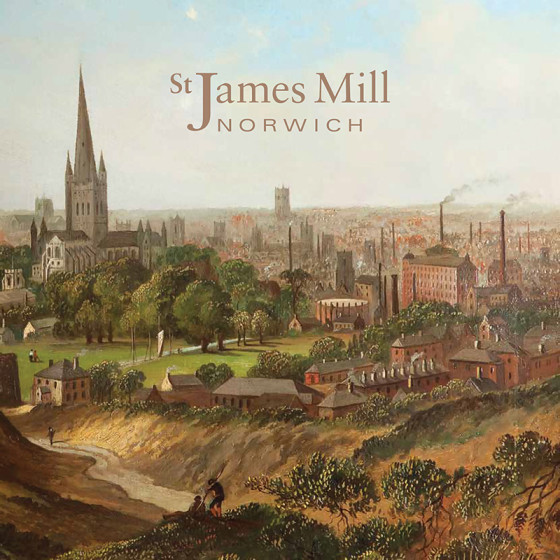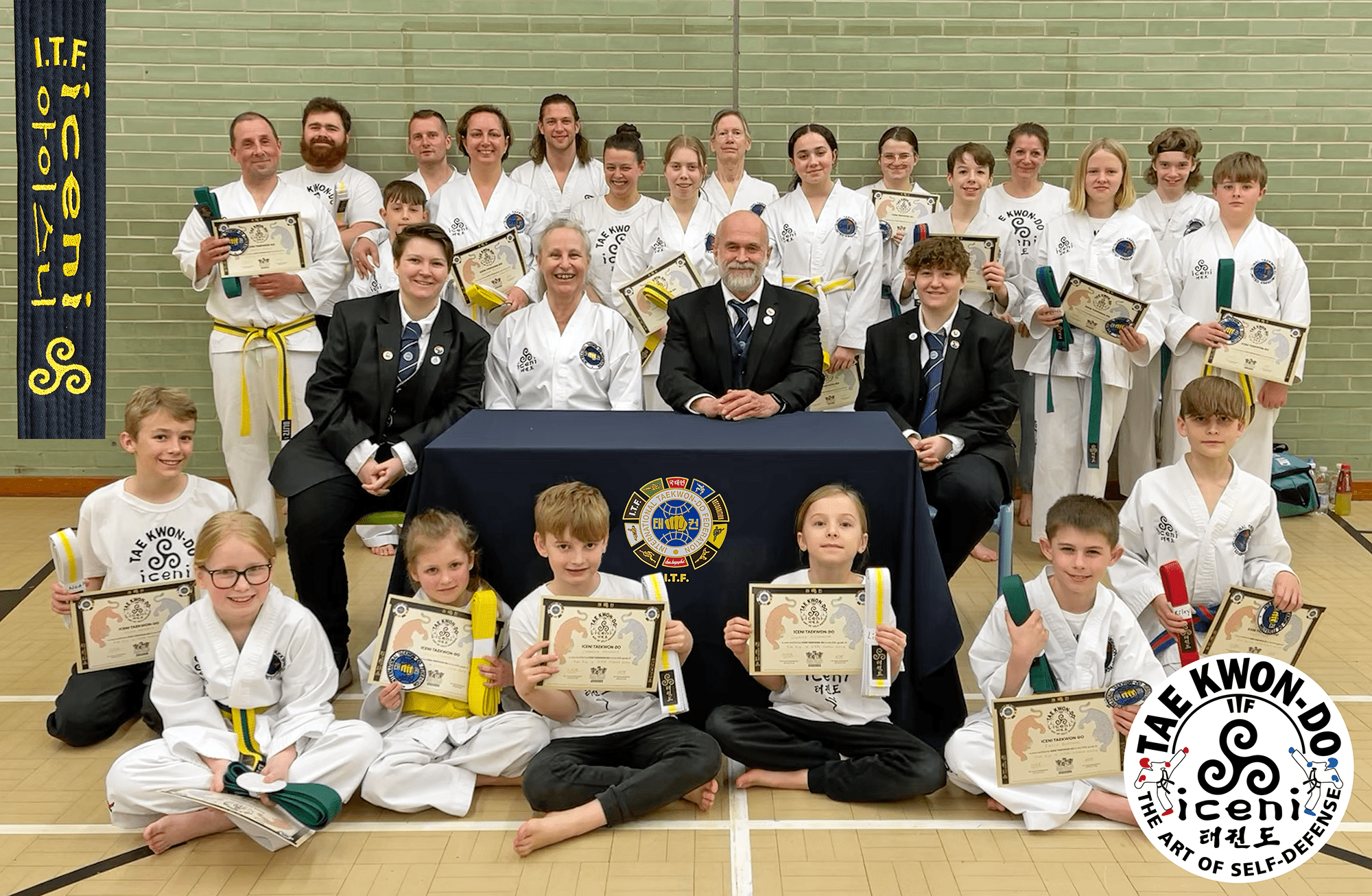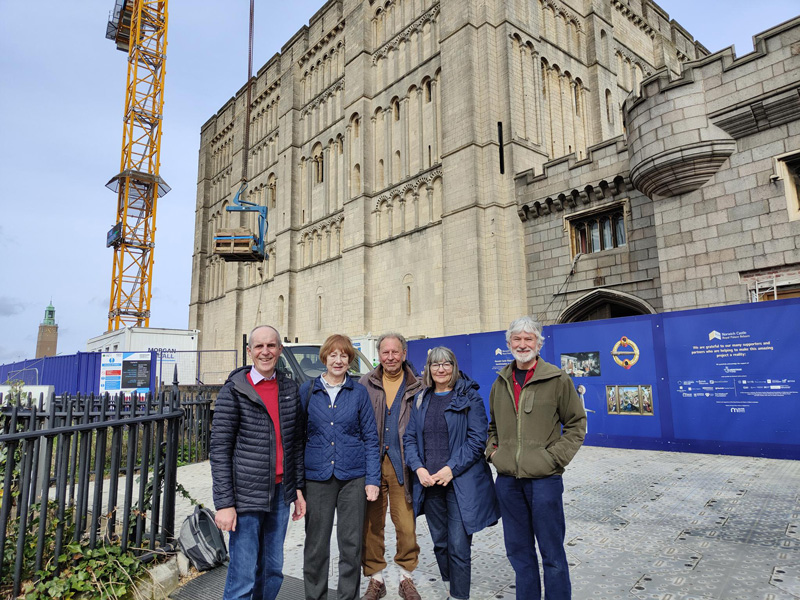A new guidebook traces the often overlooked history of the St James Mill site, from its beginnings as a Carmelite friary, through to the building of the impressive textile mill, and its later use by Jarrold and Sons Ltd.
Author Nick Williams delves into the history of the landmark building, classed as the quintessential English Industrial Revolution mill, and one of the Norwich 12 – a set of 12 iconic buildings, spanning 1,000 years of history. The guidebook, produced by Norwich based Jigsaw Publishing for Jarrold and supported and partially funded by HEART (Norwich Heritage Economic and Regeneration Trust) through its SHAPING 24 initiative, looks at the area’s use over time, the rise and decline of the Norwich textile industry, the mill’s heyday and key figures in the site’s history.
As well as a textile factory and printing works, the Whitefriars site has witnessed many other uses. Chocolate manufacturers Caleys rented two floors of the mill during the early 1900s, for their box and crackers department, and later, after the First World War, the mill was used as a Government Instructional Factory. Here those who had been maimed during the war were taught skills including carpentry, bricklaying, plastering, tailoring and watch repair to enable them to reintegrate into society.
Today, the mill is owned by Jarrold & Sons and houses the company’s head office and Jarrold Training, as well as other offices. St James Mill therefore has limited access to the public, and it is hoped that the guidebook will help fill a gap in the provision of information about the building. The John Jarrold Printing Museum, situated behind the mill, is open most Wednesdays from 9.30am-12.30pm or by special arrangement.
Caroline Jarrold, Community Affairs Adviser at Jarrold and Sons Ltd, said: “We are delighted that there is now a guidebook for St James Mill. The building provokes a lot of interest but, as the floors are now used as office space, it is difficult to provide access for visitors on a regular basis. We expect that readers will find it fascinating to learn about the history of the mill and its development and see it in the context of the overall history of the city. We have also been pleased to make use of our archive material and collection of paintings to provide illustrations for the book”.
The guidebook has been supported and funded by HEART’s SHAPING 24 project, a cultural tourism initiative that links together the 12 heritage sites in Norwich that make up Norwich 12, with 12 heritage sites in Ghent. SHAPING 24 is being led by HEART with Ghent City Council as the partner organisation. The project is part-funded by the European Regional Development Fund from the European Union’s INTERREG I VA 2 Mers Seas Zeeën Cross-border Cooperation Programme 2007-2013.
The booklet is available, priced £5.00, from Jarrold Department Store and The Forum Shop, ISBN 978-1-907750-38-0.
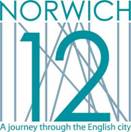 About Norwich 12
About Norwich 12
Norwich 12 is the UK’s finest collection of individually outstanding heritage buildings spanning the Norman, Georgian, Victorian and modern eras, offering walks and tours; visitor attractions; exhibitions; music and performances; cafes and restaurants; and gift shops. It is a pioneering heritage concept that is developing 12 of the city’s iconic buildings into an integrated family of heritage attractions which will act as an internationally important showcase of English urban and cultural development over the last 1,000 years.
Norwich 12 comprises: Norwich Castle, Norwich Cathedral, The Great Hospital, The Halls – St Andrew’s and Blackfriars’, The Guildhall, Dragon Hall, The Assembly House, St James Mill, The Cathedral of St John the Baptist, Surrey House, City Hall and The Forum.
Norwich 12 is an initiative by Norwich HEART, which secured £1 million from the Treasury’s Invest to Save Budget for the project to initially run 2006-9. The ERDF funding allows this initiative to be developed until 2011.
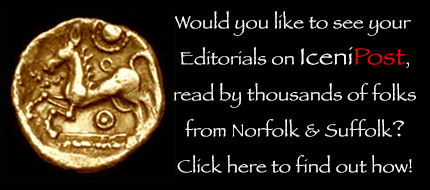 We can promote your business every week on the Iceni Post!
We can promote your business every week on the Iceni Post!

